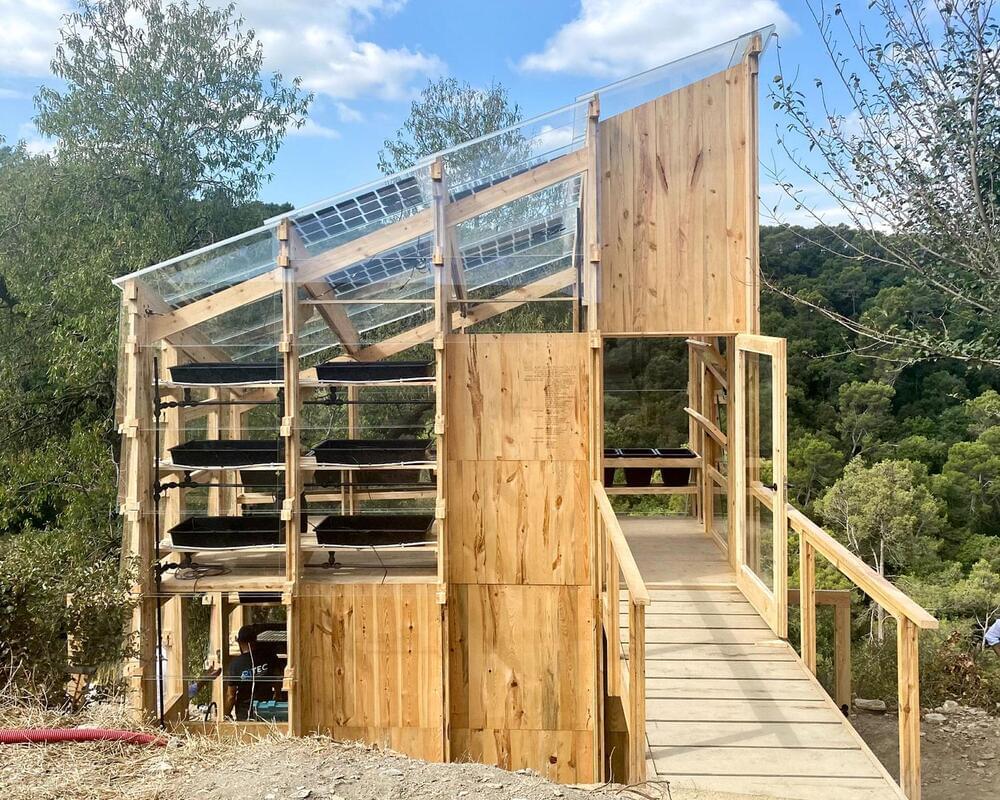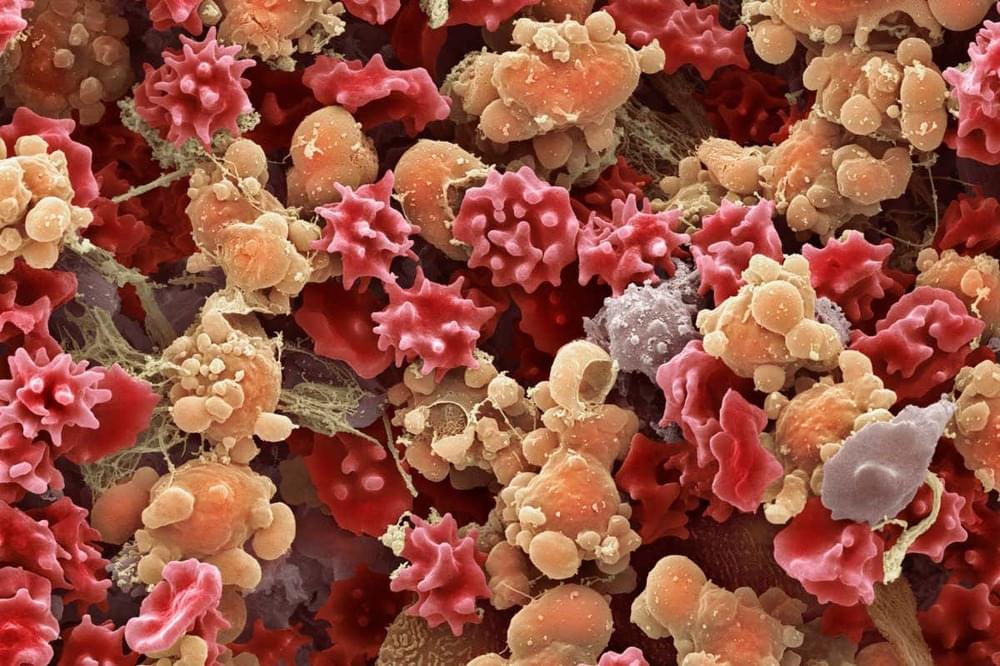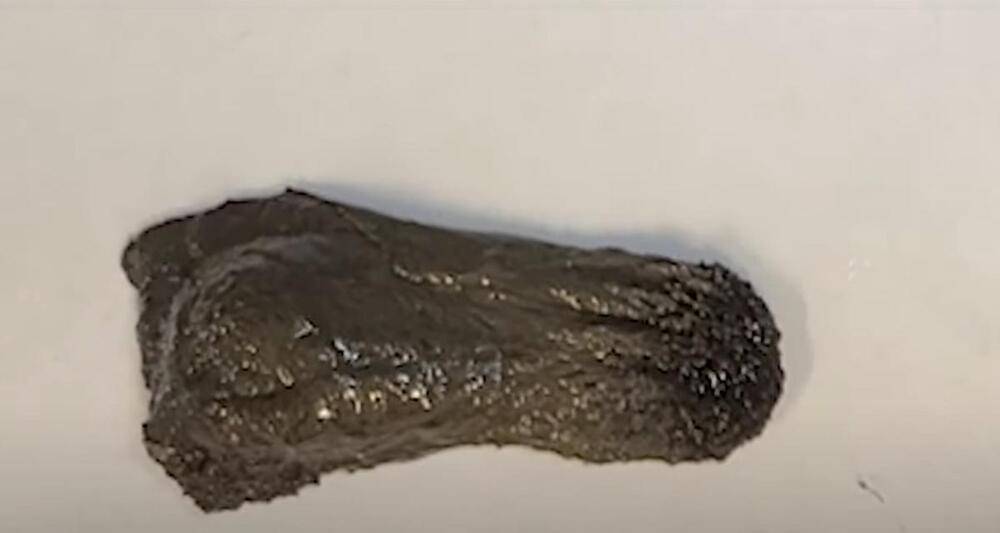Robot Maid: The child-sized robot can mop, pick up stuff off the floor, put dishes away, and even move furniture. It can even make and bring you coffee.
Remember the Jetsons? As kids, we hoped someday we’d have flying cars or those jetpacks Elroy used to zip around with. As we become older, the thing we really want most from the Jetsons is their lovable maid Rosie. Because let’s be honest, we all despise cleaning. Whether it’s vacuuming the living room, mopping up the kitchen or picking up our kid’s toys, nobody cleans with a smile on their face. Wouldn’t it be great if we had a robot maid like Rosie to clean up while we focused on other stuff?
Well having a “Rosie” might be closer than you think thanks to a company called Aeolus Robotics. They unveiled their as of yet unnamed “maid” robot earlier this year. The child-sized robot can mop, pick up stuff off the floor, put dishes away, and even move furniture.
The robot isn’t just about cleaning, it can even make and bring you coffee if you so shall desire. It can recognize both voice and text commands so you can simply say “Mop the floor then bring me my coffee” and walla! The robot integrates with Alexa, Google Home, and other smart devices. The robot’s owner can use an app to interact with and monitor it’s activities, even being able to see the world exactly as the robot does.







